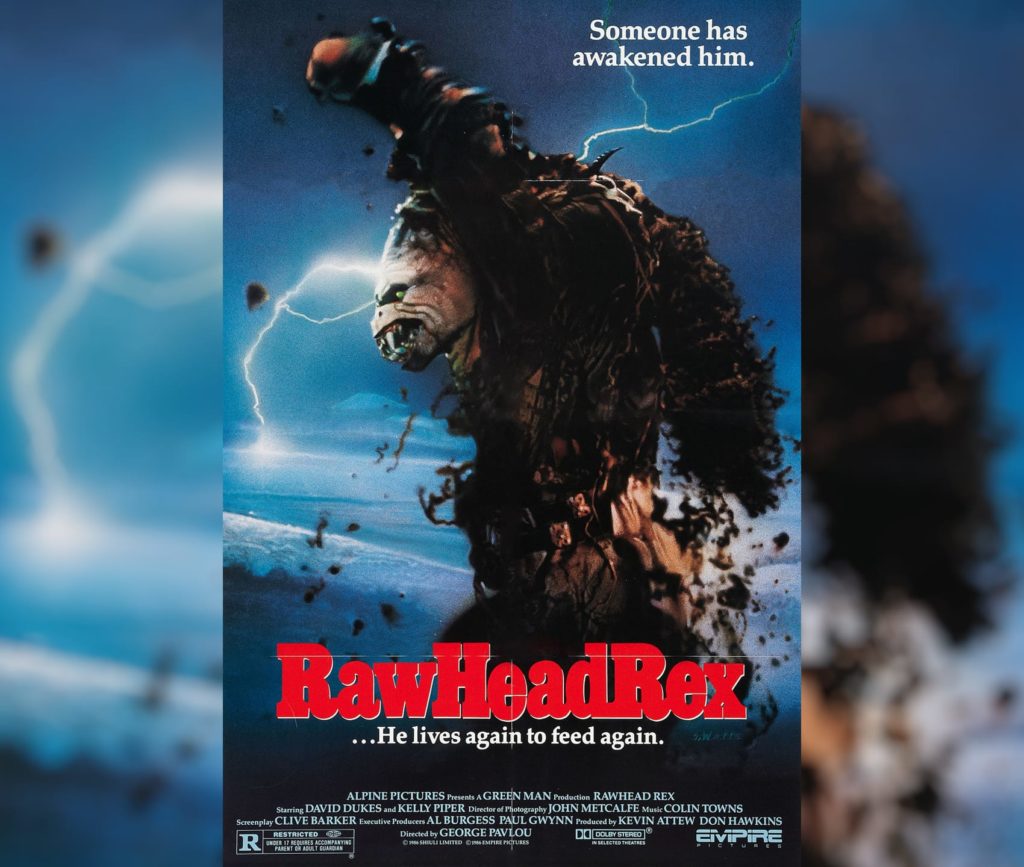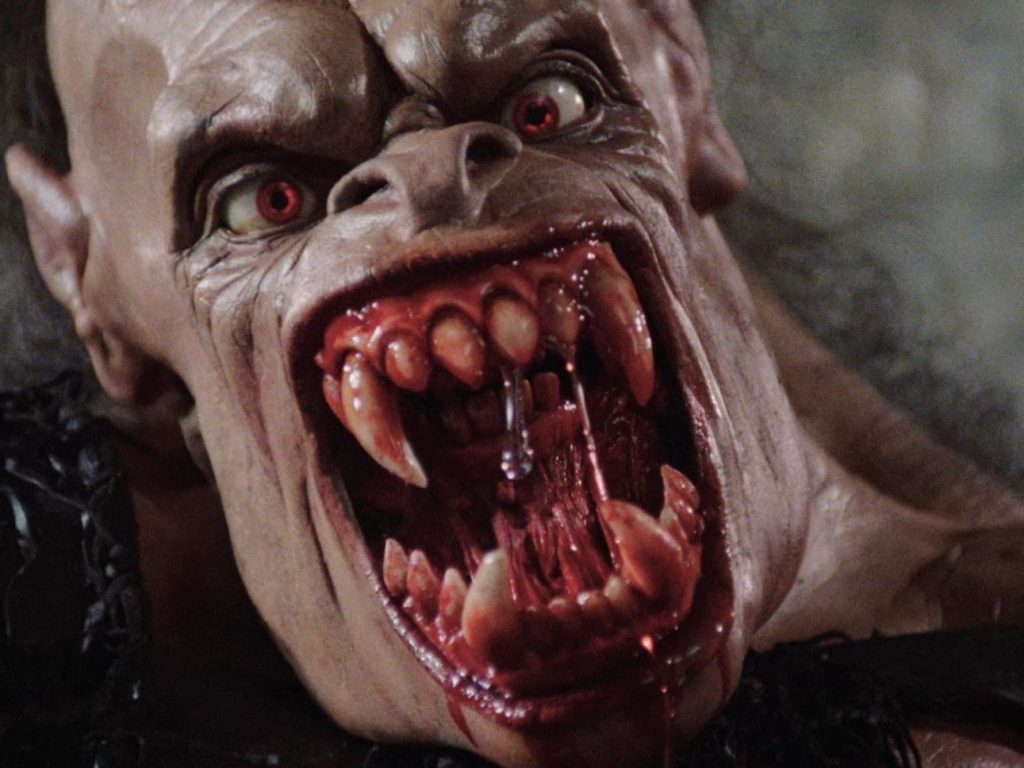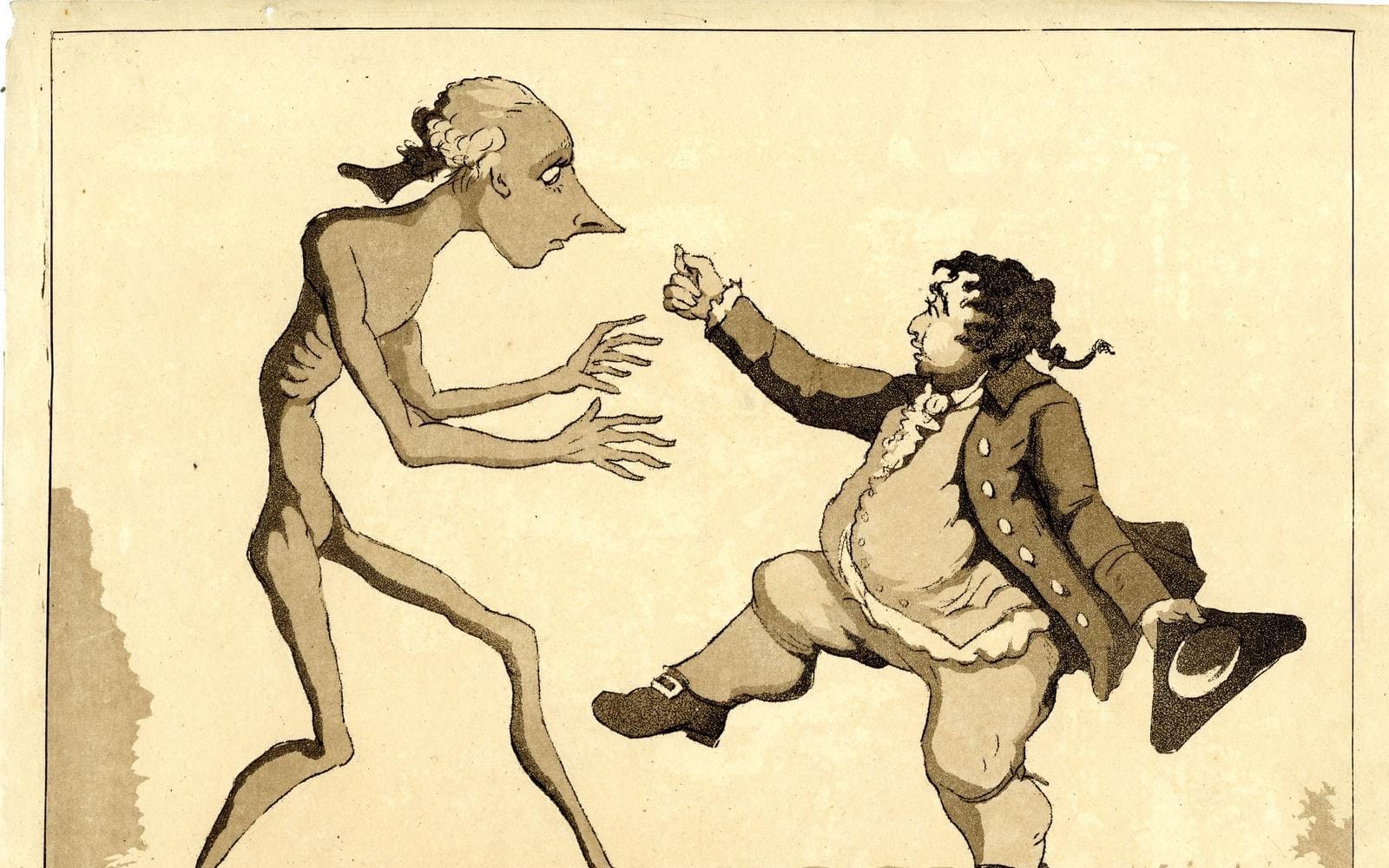Ah, the bogeyman… or as Mr Burns would say, the “boogerman”… There are many bogeyman that grace our folklore from many traditions. Scary Stories to Tell in the Dark has the Wendigo, Harold, the Hookman, and numerous others taken from numerous traditions. And in the reference material of Alvin Schwartz’s classic is mentioned Rawhead and Bloody Bones. It is a hugely well-known combination of two boogeymen. Kind of.
The Many Names of Rawhead and Bloody Bones, Tommy Rawhead, Etc Etc
The stories originates in England and became a common spook story to frighten children, usually in order for them to behave. It is mentioned as early as John Locke in 1693. In some tellings Rawhead is the head of the creature and Bloody Bones is his body, while the name has many variations that don’t necessarily keep that idea, such as just Bloody Bones or Tommy Rawhead or Old Bloody Bones.
This video is from the Weekly Holler, which regularly discusses and imparts stories that are part of our folk history. Although Rawhead and Bloody Bones has origins in England, it has become a Southern American legend for many people.
British ghost story author M.R. James once wrote in 1925 interestingly about Rawhead and Bloody Bones and the implications it has on folk tales. It is a case where the name survives but not really any particular stories. It is lumped together as “Secretaryes, Hobgoblin, Rawhed, & Bloody-bone” or in the Oxford English Dictionary in reference to a “nursery bogeyman” in 1659: “Most People are agast at them, like children at Raw-head and Bloody-bones.” So a general spook story or boogeyman with vague origins that parents told their children. And because there were various names that became interchangeable, there were also not a lot of concrete details about this particular boogeymen.
— FOUNDATIONS OF HORROR —
Further explore these subgenres & tropes. more>>
#Scary Stories to Tell in the Dark | #Capital M Monsters | #Folk horror

This is unlike the more modern Hookman or others in which there truly are very common tellings of a particular story or two that has variations, sure, but many commonalities. The moment you mention the Hookman you imagine teenagers at lover’s lane, a car, maybe a radio bulletin talking of an escaped convict or deranged mental patient, maybe you imagine a hook dangling from a car door. There are stories of the Hookman that live on in pop culture and shape what we think of the Hookman legend.
With Rawhead and Bloody Bones, that isn’t really the case. It is a more general spook story or boogeyman. So when the name is used to create a story or movie, there aren’t many particular motifs to work off of.
Clive Barker’s Rawhead Rex
Clive Barker used the name for his short story Rawhead Rex, which is an interesting example of folk horror. It is in his Books of Blood Volume 3. The beast is depicted as a giant humanoid creature with a sharp-toothed head, a bit different than various Bloody Bones variations. While it shows similarities to many other tales, the rural setting, British lore, and the use of certain mythology such as a talisman and pregnancy definitely sets itself as a unique entry in folk horror tales similar to American Werewolf in London with its use of rural British lore involving a creature out in the moors.
It was turned into a 1986 film, which Barker did not particularly care for.

Some of the nuts and bolts of Clive Barker’s story exists in the Rawhead Rex movie. And certainly the creature design has many modern audiences wincing a little. As Barker puts it…
I think, generally speaking, the movie followed the beats of the screenplay… The admirers of the movie, and actually there are quite a lot of them, like it as a sort of sixties movie made in the early eighties kind of deal. I don’t think the movie is bad, it had a lot more potential. I just don’t like it very much. It didn’t take any risks at all… Rawhead Rex as an idea, if you’re going to do it, you go for broke. You kill little children in it. That’s what you put on screen because that’s what’s in the book. The whole thing should have been visceral.

Cover image title: “Get ye gone raw head and bloody bones- here is a child that don’t fear you!! (1797)” Courtesy British Museum and Wikipedia Commons.
Additional Reading
Two Versions of “Rawhead and Bloodybones” from the Farmer-Muncy Family
Last Updated on January 28, 2022.


1 Comment